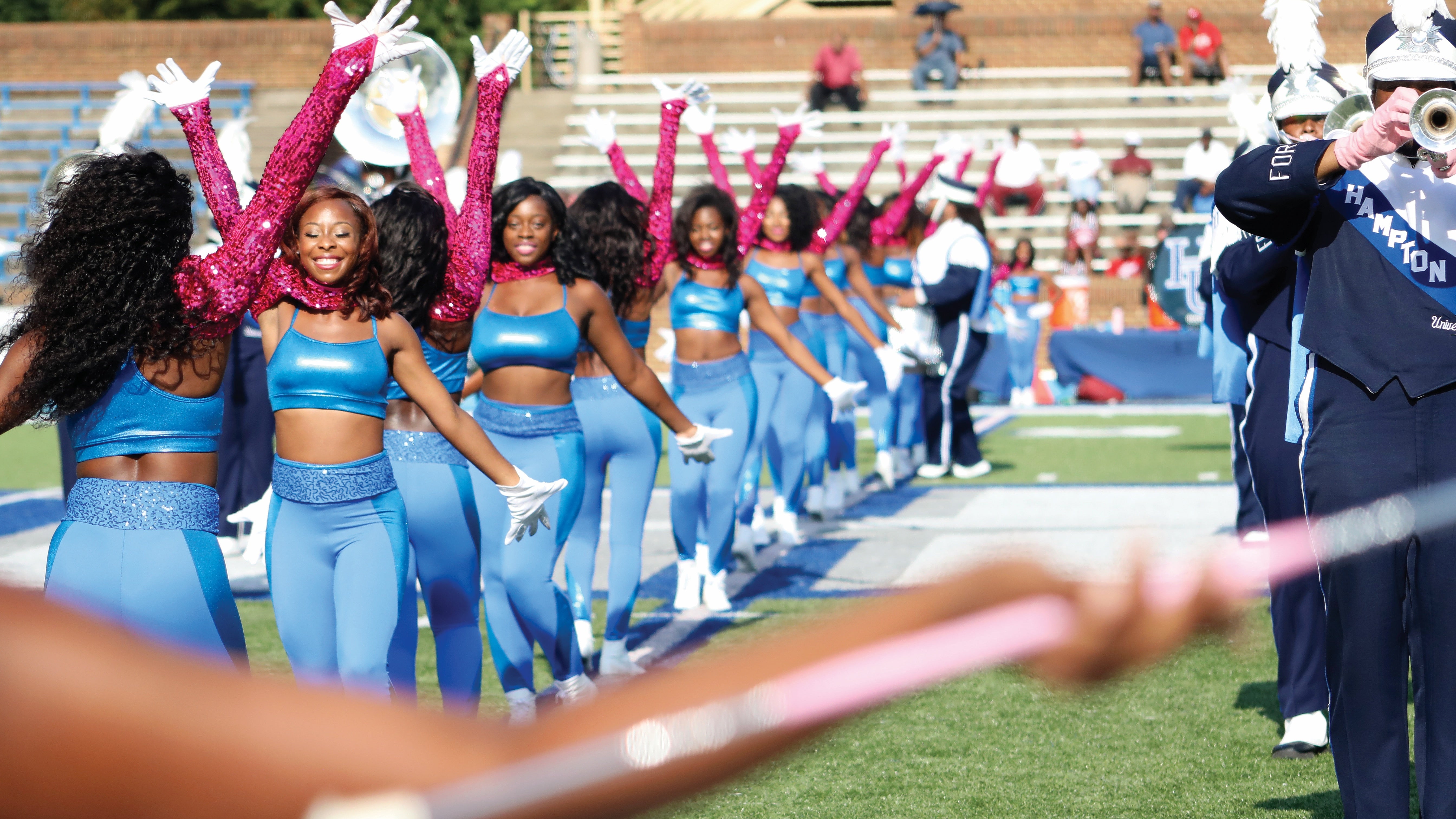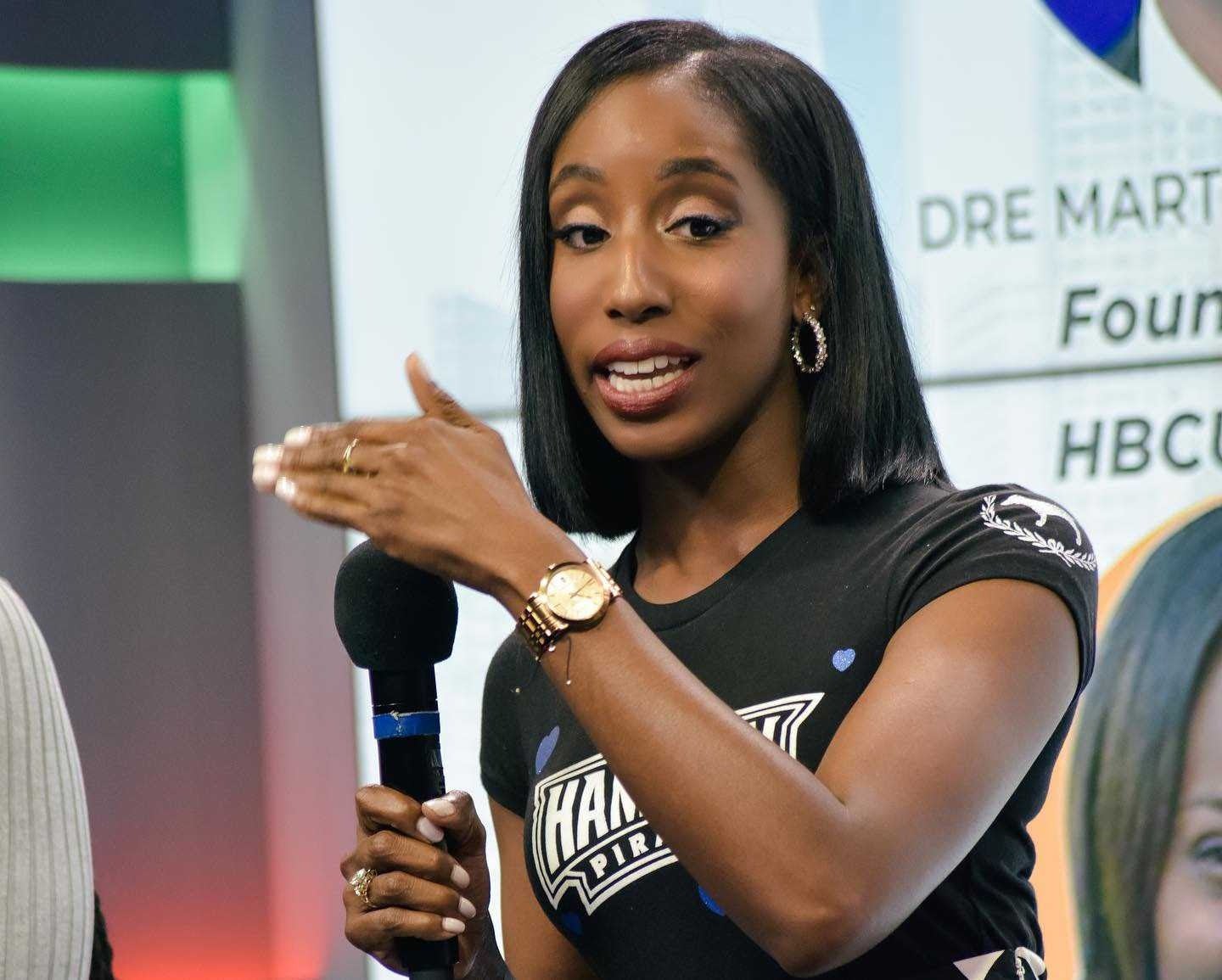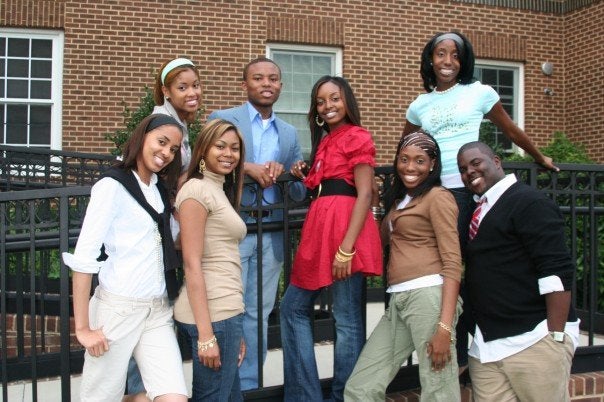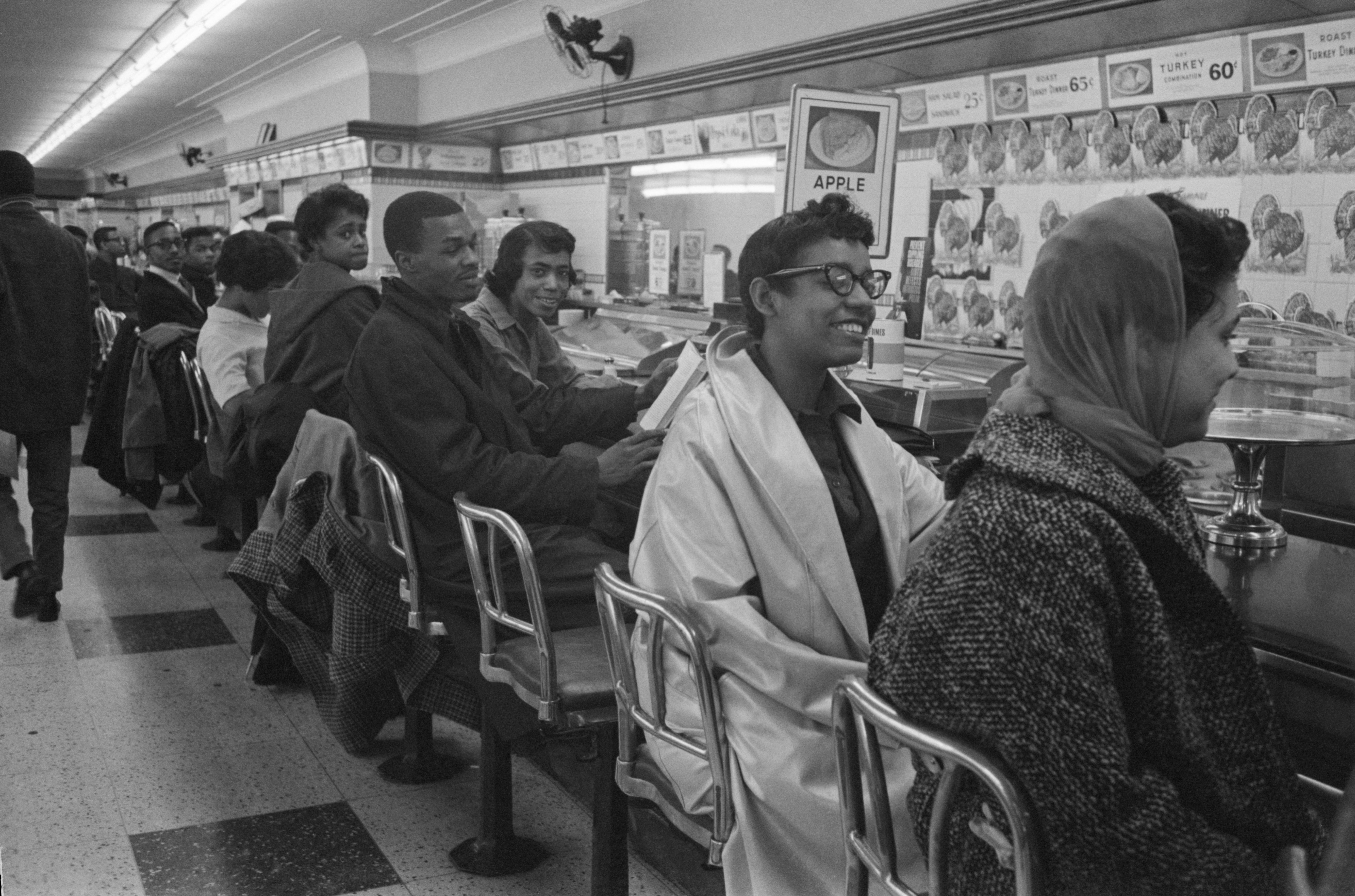“If I ruled the world…”
Imagine that.
It was this simple refrain, sung by the incomparable Lauryn Hill, emitting from Phil Polite’s early-2000’s model laptop that got me. He had spliced the ‘96 Nas track to a PowerPoint presentation for a business class he took with my older sister. To kick off my day-long visit with her on her college campus, we stopped by his apartment to review the final touches of the visual display he had created to accompany their group project.
By no means was it the first time I had heard the hip-hop classic. But in that particular moment, the words hit a little different. Because I knew, that within the hour, these aspiring corporate college students would enter the meeting room, just off to the left as you entered Hampton University’s Harvey Library, and present a piece of work that was so uniquely them, so uniquely Black.

For context, this was roughly five years before an Obama presidency, before Black Twitter became an undisputed culture driver, and before white America thought it was acceptable to embrace the Black experience because they watched the Kardashians try to emulate it.
I’m pretty confident that this wasn’t the first time marketers (or aspiring ones in this case) used rap lyrics to sell a conceptual idea; but for the Black, teenage girl who grew up in suburban South Jersey, who was one of few Black students in her honors classes, and struggled at times to define who she was in a place that often attempted to define who she would be, the shit felt revolutionary.
I’ve told this story a hundred times, and I will always maintain, that I first fell in love with Hampton University the morning I saw a marketing deck, full of Black faces, set to “If I Ruled The World” by Nasir Jones. It was a fleeting moment on a not particularly special fall day, and yet, it was more than enough time to change my life. I decided in that moment that whatever I did, wherever I went, I wanted to be able to bring my 100 percent authentic self.

I applied to other schools that senior year of high school. Rutgers because my West Indian mother wanted me to become an engineer. Seton Hall because I thought I wanted to become a dentist. And a number of additional colleges who waived my application fee so I figured “well, why the hell not?”
But Hampton.
Hampton was the place I knew in my heart would take me to the next level. If I was going to rule the world, I had unshakable confidence that the school Booker Taliaferro Washington walked 500 miles to attend was the place I wanted to be. I think about that feeling of assuredness often. Especially now. As the conversation around HBCUs becomes increasingly more mainstream, and a fight to keep them open spurs politicians on both sides of the aisle to weigh-in on their future, it’s not lost on me that what I experienced from 2004-2008 on that small campus in Hampton, Virginia, was a once-in-a-lifetime kind of gift.

I, like most people, happen to like gifts. I like the ones that shine, the ones that come as a surprise, and especially the ones that keep on giving. For me, that’s exactly what Hampton was, is, and forever will be. But not just for me.
A 2017 study commissioned by The United Negro College Fund, titled HBCUs Make America Strong: The Positive Economic Impact of Historically Black Colleges and Universities found that these storied institutions provide 14.8 billion in economic impact on any given year and create nearly 135,000 jobs for the surrounding areas in which they stand.
Furthermore, a 2019 report entitled Moving Upward and Onward: Income Mobility at Historically Black Colleges and Universities, took a look at the intergenerational income mobility of HBCU graduates and determined that HBCUs enroll more lower-income students than predominantly white institutions and outpace these schools in fostering a pathway to the middle class.
“I took a glimpse into time and saw my name in a magazine headline. It read, “The World Is Mine.”
Financial gains aside, HBCUs have, according to the Thurgood Marshall College Fund, graduated the majority of America’s African American teachers, doctors, judges, engineers, and other scientific and technological professionals. And these numbers don’t just bolster Black communities, they enhance the lives of every single person they and their alumni touch.
Civil rights leader Martin Luther King, Jr. was a Morehouse grad. Septima Poinsette Clark aka “The Mother of The Movement” attended Benedict and Hampton. Former supreme court justice Thurgood Marshall matriculated at both Lincoln and Howard. Activist Marian Wright Edelman, the founder of the Children’s Defense Fund, is an alumnus of Spelman College, and Dr. Dorothy Lavinia Brown, surgeon, teacher, and the first African American woman elected to the Tennessee House of Representatives, was educated at both Bennett and Meharry Medical College.

These culture-shifting, world-changing embodiments of Black excellence are just a few who helped lay the foundation for a number of individuals who have continued to carry the torch today. People like Senator Kamala Harris, a Howard grad and Democratic nominee for the office of the United States president; Andrew Gillum, a FAMU alum who served as the 126th mayor of Tallahassee and was the Democratic nominee for Florida governor in 2018; Morehouse grad Bakari Sellers, a political commentator and former representative in the South Carolina state legislature, and Baltimore City State’s Attorney Marilyn Mosby, whose road to top prosecutor took her to Tuskegee University.
In the coming days, you’ll hear their HBCU stories, be inspired by their journey and be reminded of why these hotbeds for Black excellency, creativity, and culture remain an important and integral part of the American landscape.
It’s been more than a decade since I physically called my “Home by the Sea” home, and even longer since I locked eyes on the marketing deck my sister — who, by the way, was named a 2019 Media All-Star by Adweek— helped present to her business class the day I fell in love with Hampton. Still, the benefits of accepting the invitation to attend the prestigious university, more than a decade after graduation, are ones I continue to reap.
I guess you can say that day I took a glimpse into time, saw my name in a magazine headline. It read, “The World Is Mine.”
Imagine that.
